"A Ngulu, Executing Knife Or Saber Used By The Bantu People, Congo, Circa 1900."
Ngulu, wrought iron execution saber, twisted wooden handle, used by the Bantu peoples (notably the Ngombe, Doko, Ngala, etc.) of the Congo basin, ca. 1900.It resembles the Khépesch, the sickle sword of Ancient Egypt, except that it has a much more massive blade, made of iron, with an unsharpened back and a semi-circular concavity. The handle, bound with wire, without and ends with a pair of large wooden buttons and a third of smaller size. It could have one or two blades and was used for capital executions by decapitation (the condemned person was kept seated with his head extended and pulled by a taut rope). The manufacture of weapons is a task that falls to the blacksmith, a character as important for his knowledge of metals as for his "contacts" with the world of spirits. The blacksmiths work outside the village near the furnace. The craftsman must conform to the existing world, his margin for personal creativity being very limited. The preferred material for making weapons is iron. Technologically, the ore is melted at low temperatures. Ovens are simple holes dug in the ground. Bellows provide ventilation to maintain an uninterrupted fire. Then, the mass of iron is purified of its slag, it is divided into ingots, reworked with iron and hammered on the anvil which is generally a large stone. the secondary iron anvil used for finishing. The tools used for forging are relatively rudimentary: hammers with or without a handle, tongs which allow you to hold the boiling object, scissors, punches and chisels for drilling, engraving, incising, a coil for metal wires of different diameters. Beheading by Ngulu was banned by the Belgians during the Free Congo State (1885-1908).
The weapon, deprived of its more "primary" function, then took on an even stronger symbolic and ceremonial value. From the 20th century, the Ngulu was worn during the ritual dance known as Likbeti, at the end of which the weapon is used to decapitate a kid whose flesh is then consumed by the entire tribe.
Similar model in the Brooklin Museum
Lit. :
Jan Elsen, Of iron and of pride, Bladed weapons of black Africa from the Barbier-Mueller Museum, 5 Continents Editions, Milan, 2003.
Christian Gosseau, Tribal Arms Monographs Vol I / No.2 – Exekutionsmesser and verwandte Formen, Tribal Arms , Brussels 1997.
Christian Gosseau, Ngulu, the execution knife In: Jan Elsen (Hrsg.): Fatal beauty. Central African weapons Crédit Communal, Brussels, 1992, S. 122–133.
Christopher Spring, African arms and armor, Smithsonian Institution Press, Washington, DC 1993, British Museum Press) Edward James Glave, In savage africa, RH Russell & Son, New York 1892, S. 122–125.
Henry Morton Stanley, The Congo and the founding of its free state Band 2, Harper & Brothers, New York 1885, S. 180–182.
Camille-Aimé Coquilhat, Sur le Haut-Congo, J. Lebegue et Cie, Paris, 1888, S. 168–174.


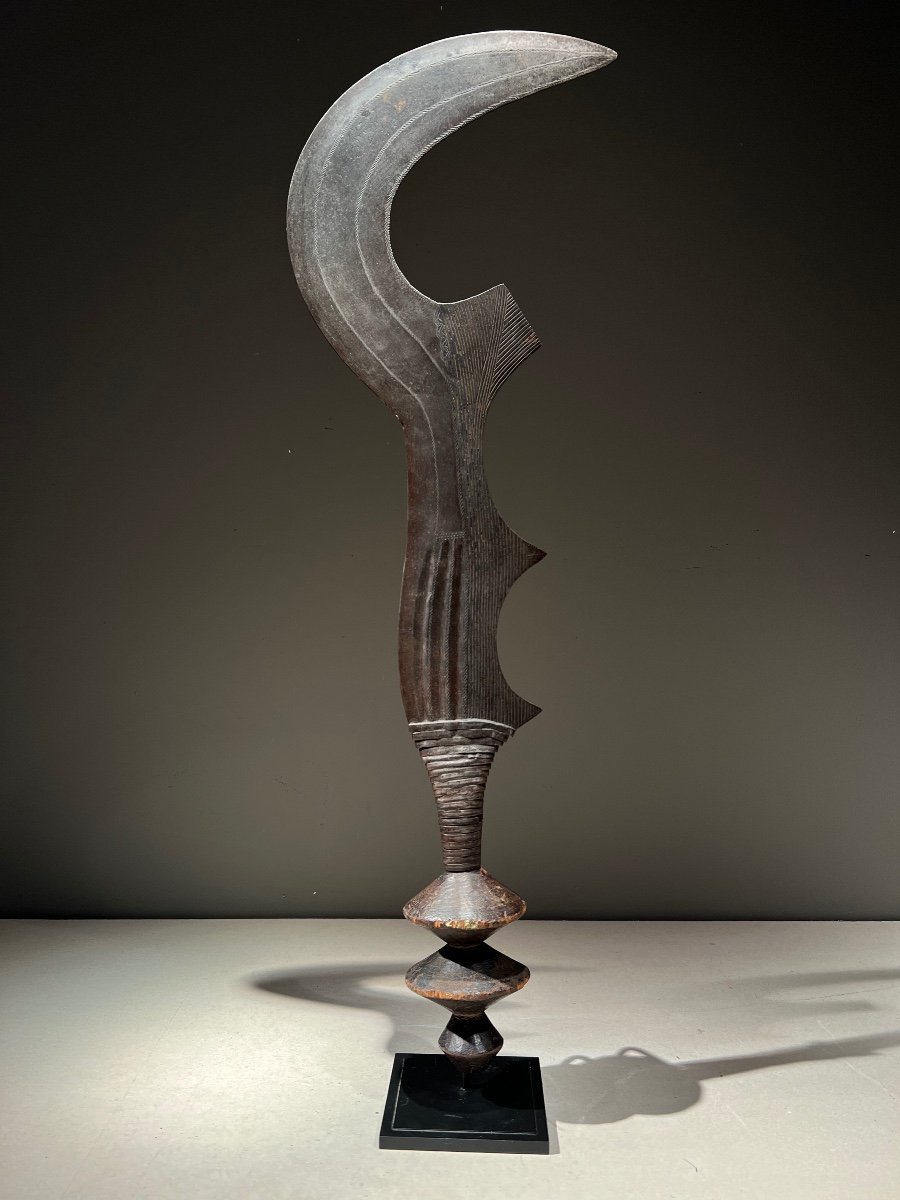
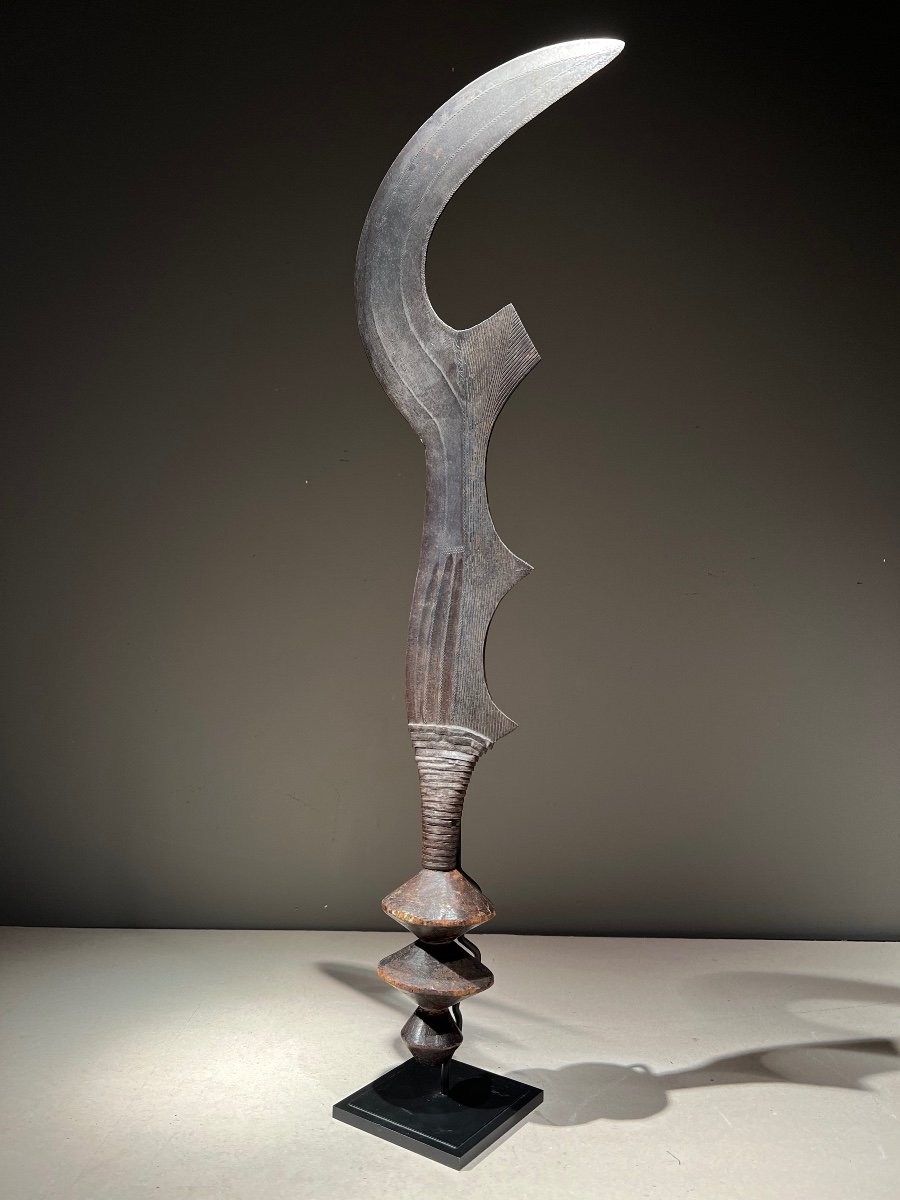
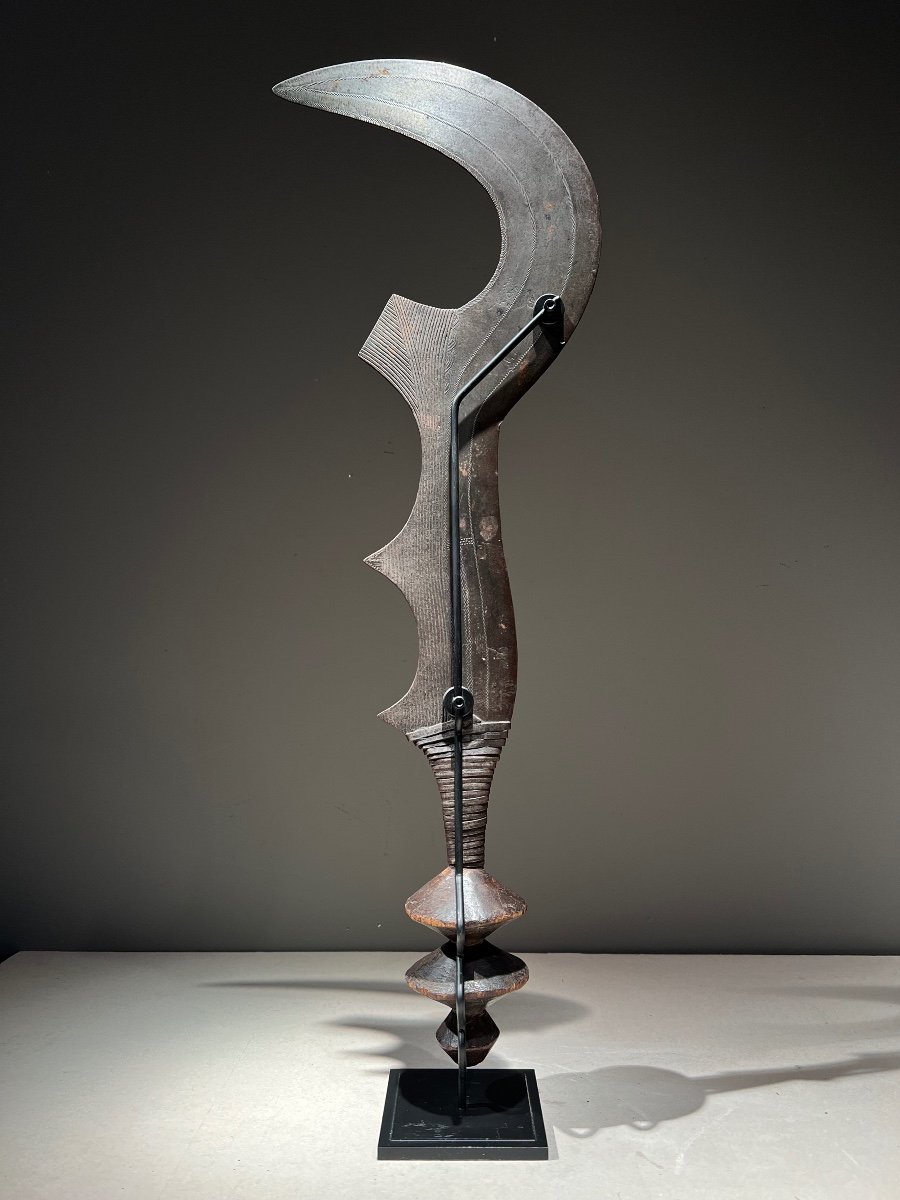

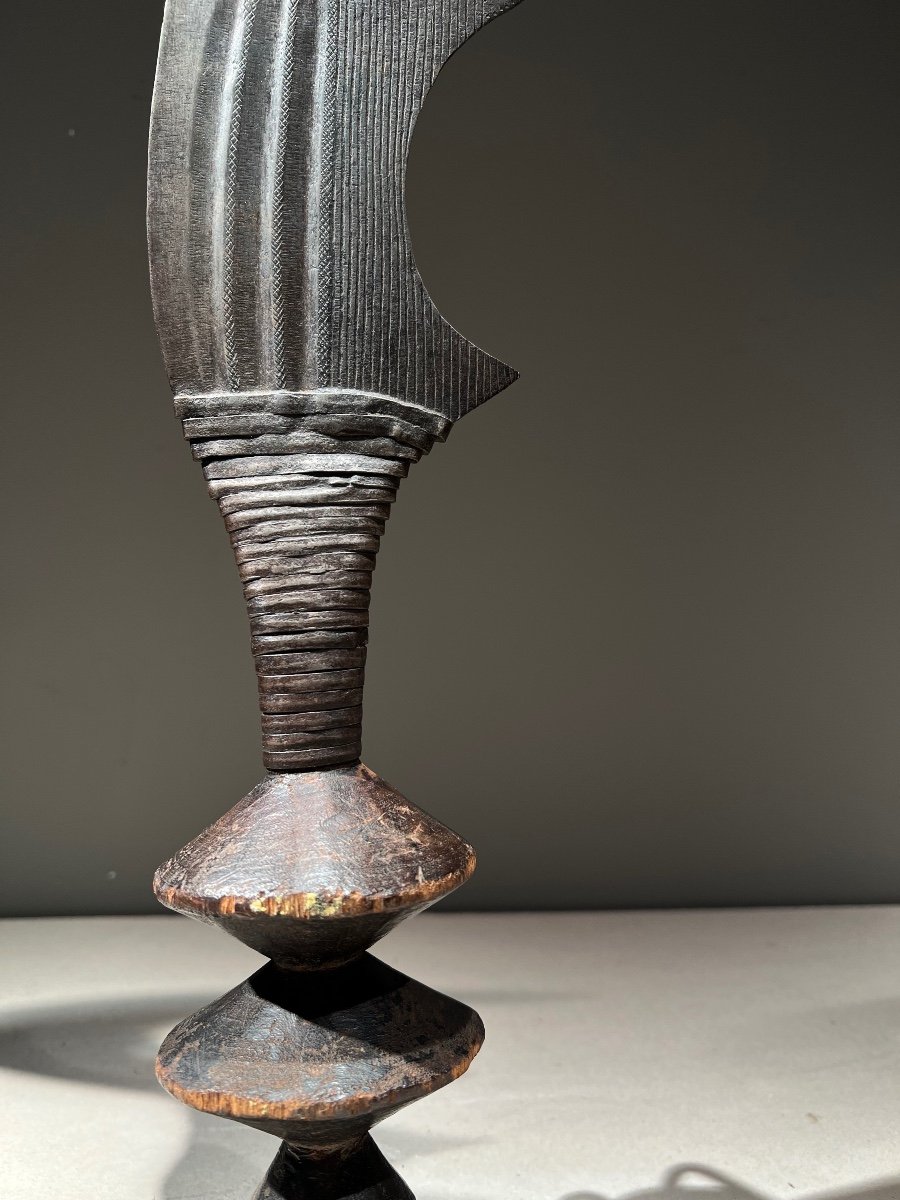
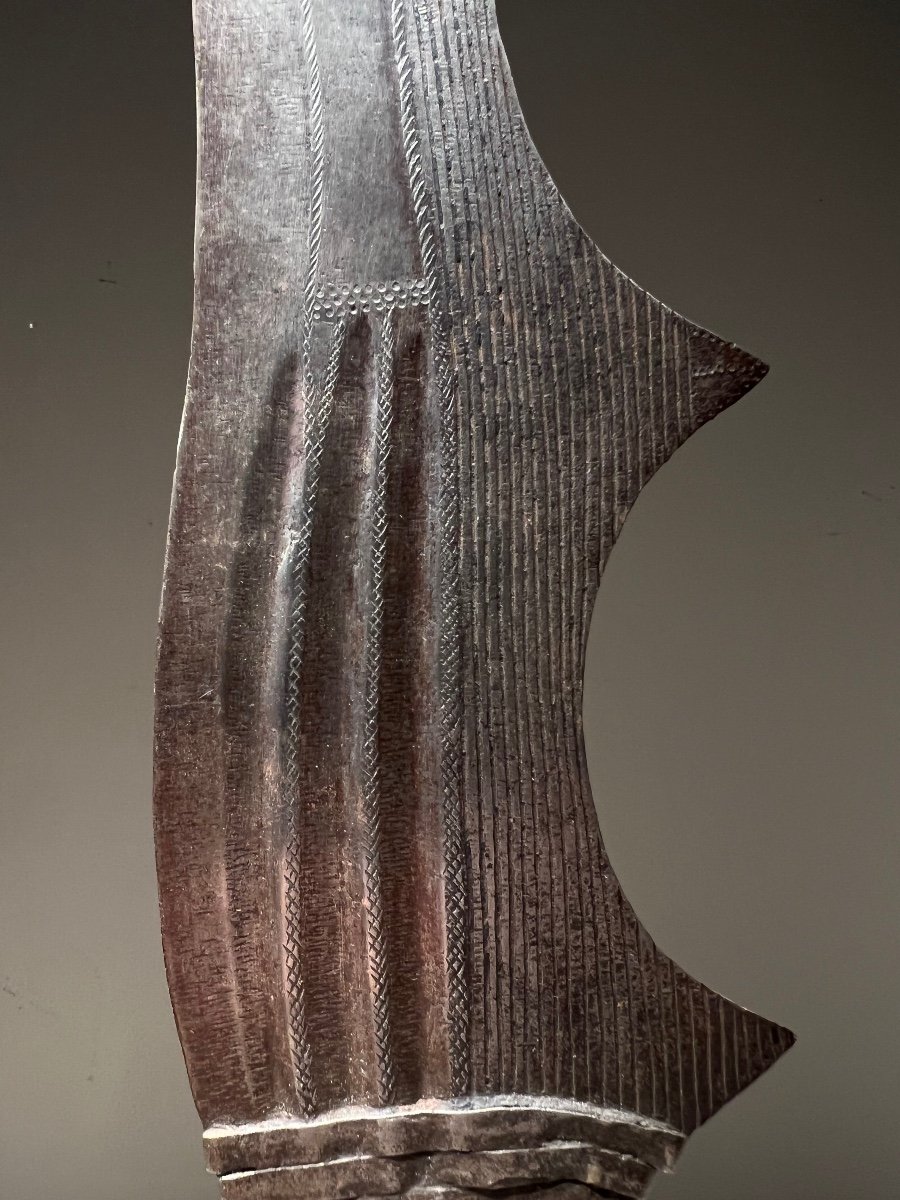
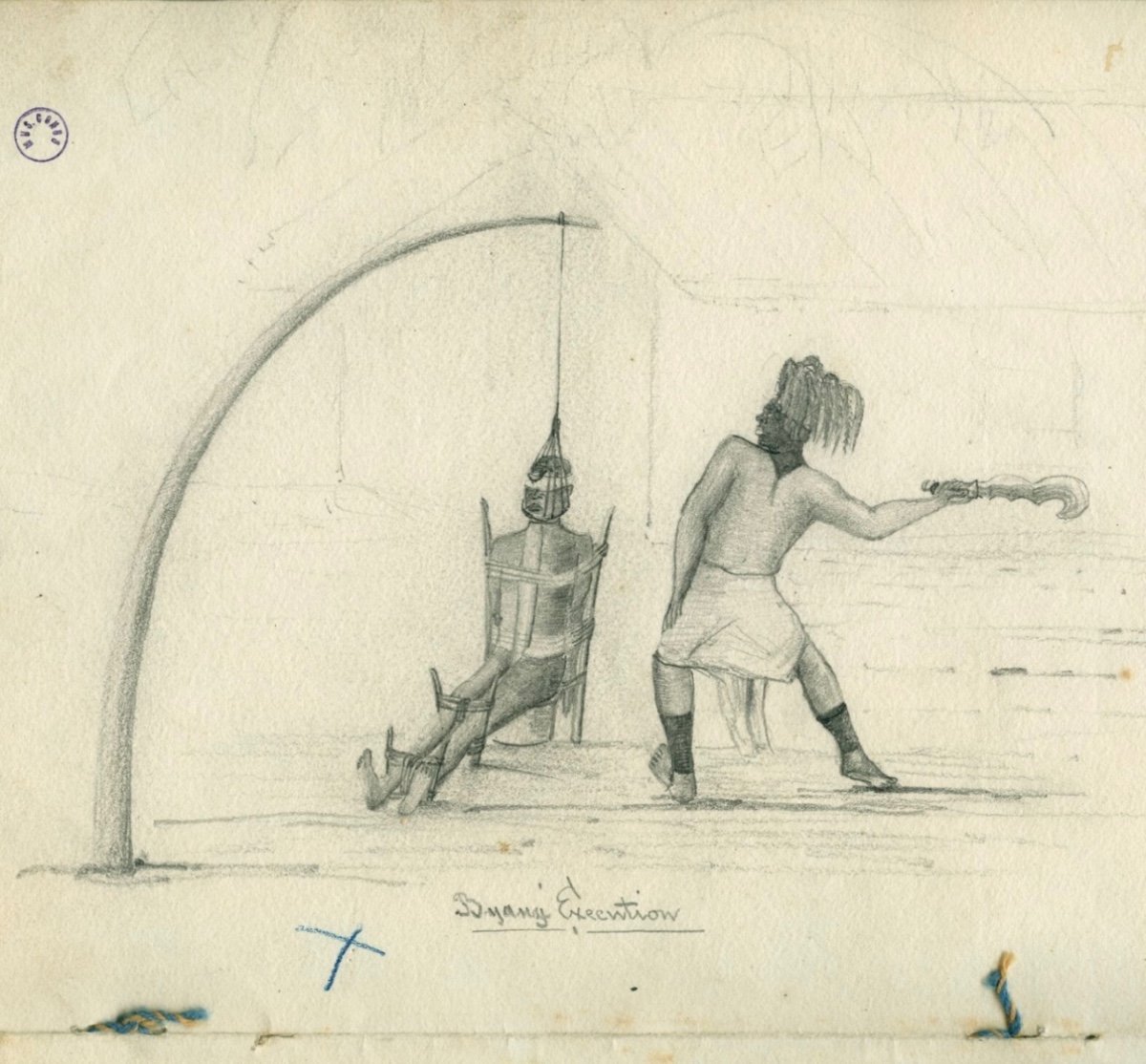









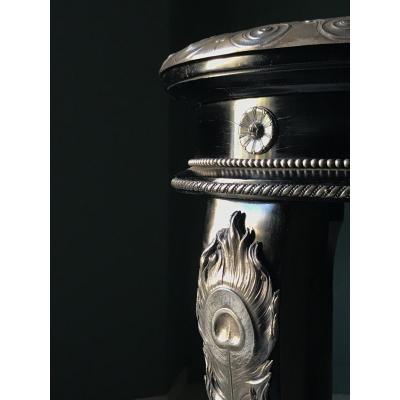

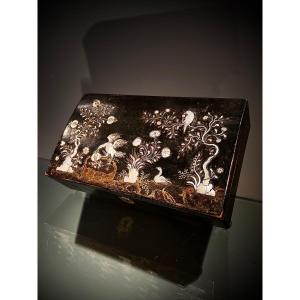
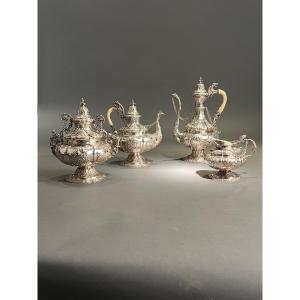
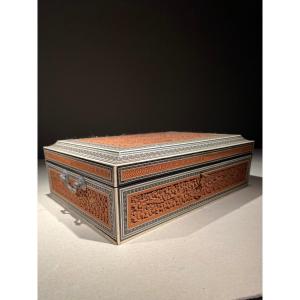
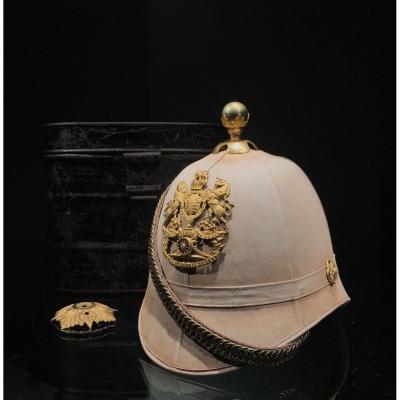

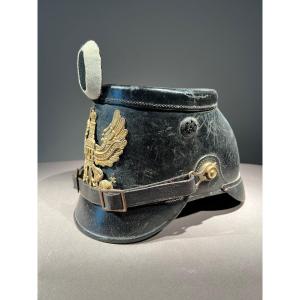

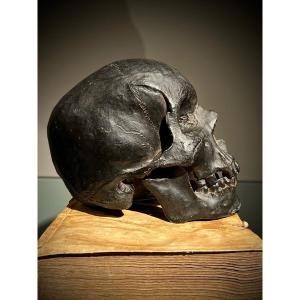
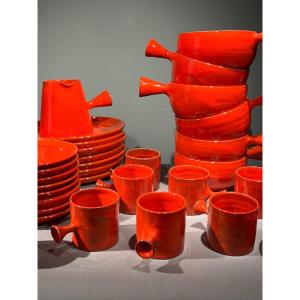


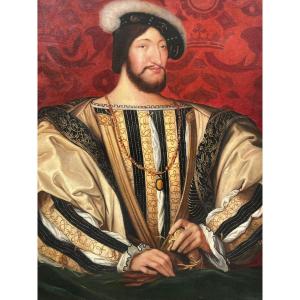
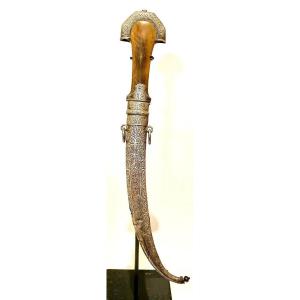
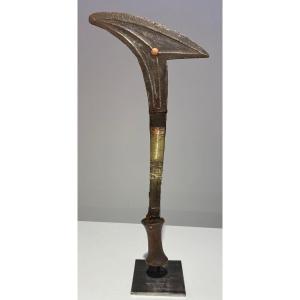
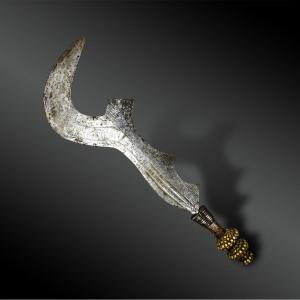
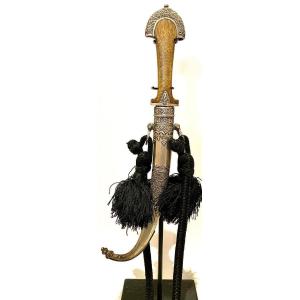





 Le Magazine
Le Magazine Rivista Artiquariato
Rivista Artiquariato TRÉSORS magazine
TRÉSORS magazine